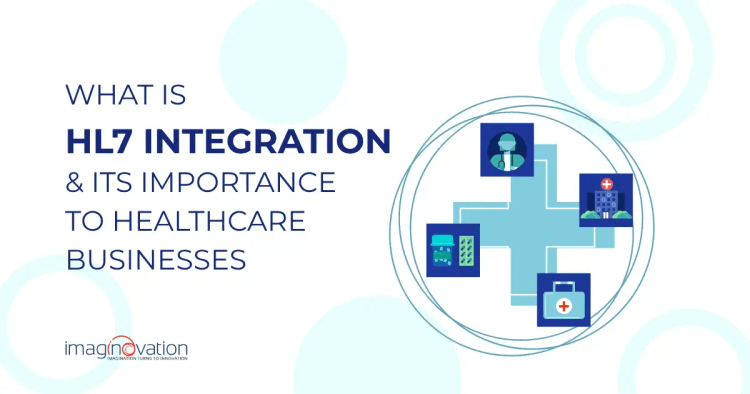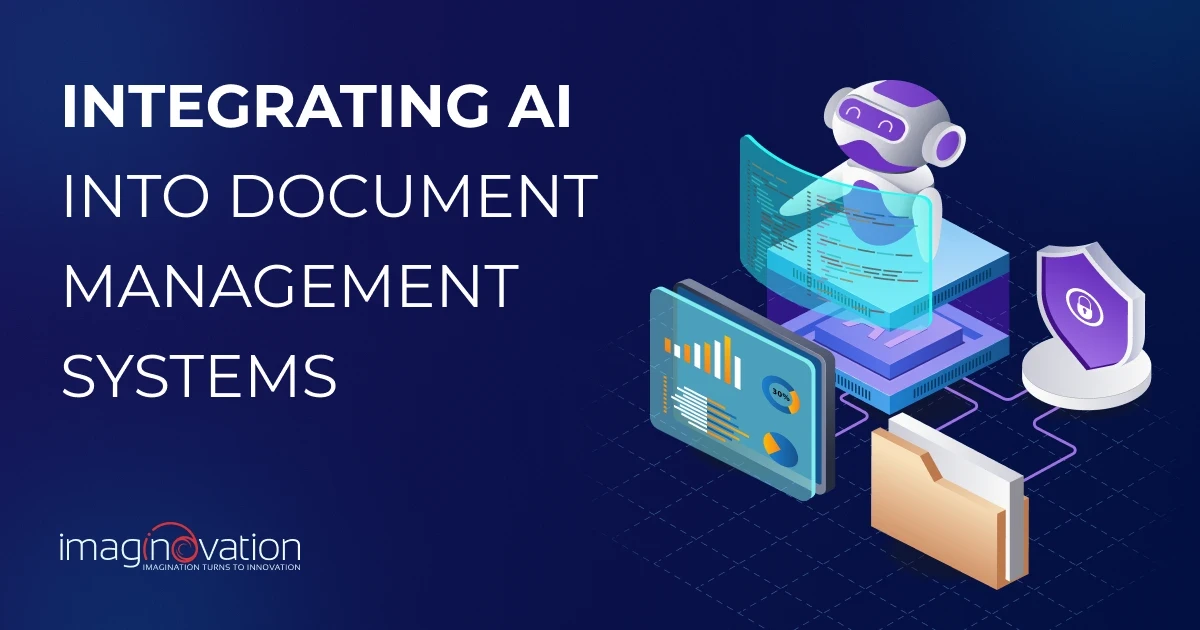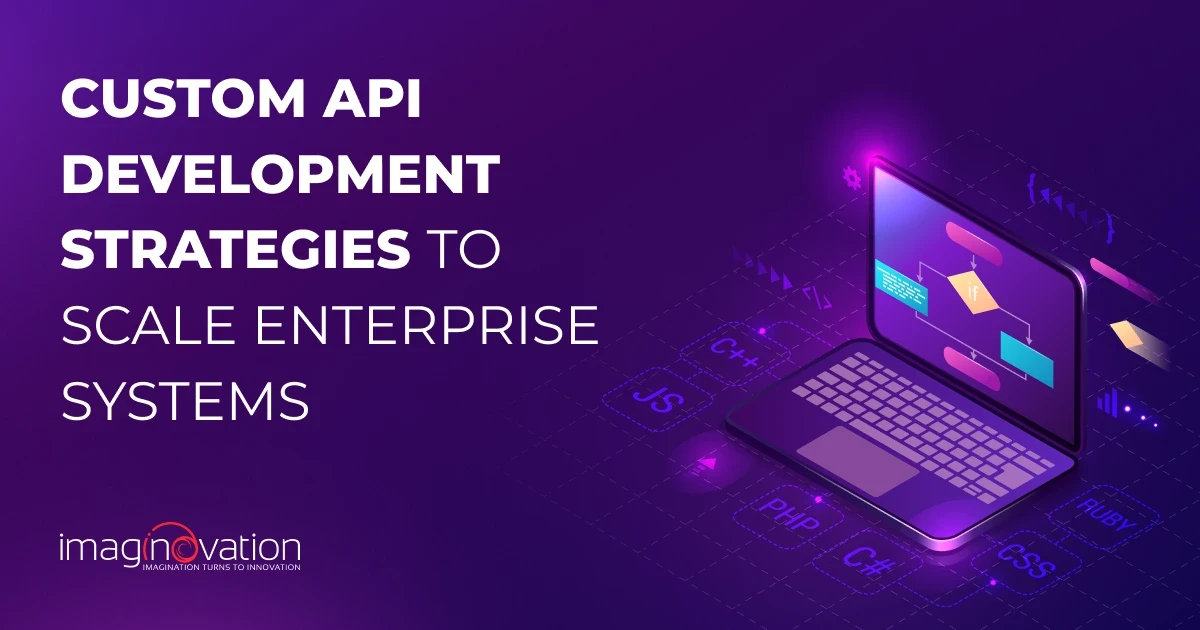In 2024, healthcare facilities use multiple systems to streamline patient care and reduce paperwork. However, systems like EMRs, insurance forms, and patient portals often operate in isolation, creating inefficiencies.
The lack of communication between these systems slows down operations and affects the quality of care. Healthcare providers need solutions to bridge these gaps and ensure data flows seamlessly.
That’s where HL7, or Health Level Seven, comes in. These standards were developed to improve communication between systems, making healthcare operations more efficient. This article covers HL7 integration and its impact on healthcare businesses.
Understanding HL7 and Its Importance in Healthcare
HL7 is the acronym for Health Level Seven. It’s a series of standards developed to facilitate seamless communication between different healthcare systems. You can think of it as a medical language used universally.
The easiest way to understand HL7’s significance is to picture a typical healthcare facility. Here, healthcare staff have to navigate various medical systems every day, such as:
- Electronic Medical Record (EMR)
- Electronic Health Record (EHR)
- Patient Portal
- Laboratory Information Management Systems (LIMS)
- Practice Management system
Since each system runs independently, healthcare providers have difficulty syncing information. It’s almost like playing a crossword puzzle using letters from different languages. The lack of correspondence between systems means vital patient information can fall through the cracks. This not only causes inefficiencies but it can also disrupt patients’ care. Here are some potential risks:
- Delays in making diagnosis
- Inaccuracies in setting up a course of treatment
- Loss of patient data
The search for seamless communication and interoperability led to the invention of HL7. The set standards govern the synchronization and exchange of clinical data between various applications. In a nutshell, HL7 allows different health information systems (HIS) to communicate in one universal language.
Components of HL7 Integration
Planning to integrate HL7 into your healthcare facility? If you are, you’ve probably realized that it comes in different versions. These are V2, V3, CDA and FHIR. In this next section, we’ll break down each version, highlighting their most suitable use cases.
HL7 V2
Not only was V2 the first to be invented, but also the most widely adopted. Research shows that 95% of U.S. healthcare organizations deploy it. The HL7 V2 is primarily a messaging standard, which facilitates sharing of clinical data between disparate healthcare systems.
While it allows healthcare data to be exchanged in different formats, it also has its limitations. Perhaps the biggest drawback is that it only allows this exchange within a single healthcare facility.
Additionally, it does not offer 100% interoperability. Instead, it only provides 80% of the fundamental interface framework. The remaining 20% calls for customization based on an interface-by-interface concept.
On the plus side, HL7 V2 is designed to be backward compatible. This means newer varieties of the V2 blend seamlessly with older varieties. For instance, version 2.6 can be used effortlessly with version 2.3.
HL7 V3
This version was developed to overcome the shortcomings of HL7 V2. As such, V3 is a more intensive messaging standard. It’s based on a design of shared models known as the Reference Information Model (RIM).
RIM facilitates better standardization, reuse, and consistency in data formats. In fact, it relies on XML messaging format. This is contrary to V2, which relied on messages composed of text, pipes, and hats.
A major setback of HL7 V3 is its lack of backward compatibility. Essentially, the V3 versions cannot be used with V2. V3 is also more sophisticated, which might explain its lower adoption rate.
HL7 FHIR
This is the latest version of HL7, which stands for Fast Healthcare Interoperability Resources. This invention combines the best features of every HL7 version.
One of its biggest highlights is its compatibility with modern web technologies like cloud computing. Thanks to this, interoperability in healthcare institutions is much easier. Other FHIR benefits that you’re not likely to get from previous versions are:
- Easier and faster implementation
- Advanced security features
- Multiple data exchange options
Benefits of HL7 Integration for Healthcare Organizations
Why should you integrate HL7 into your healthcare facility? Here are several benefits your organization stands to gain:
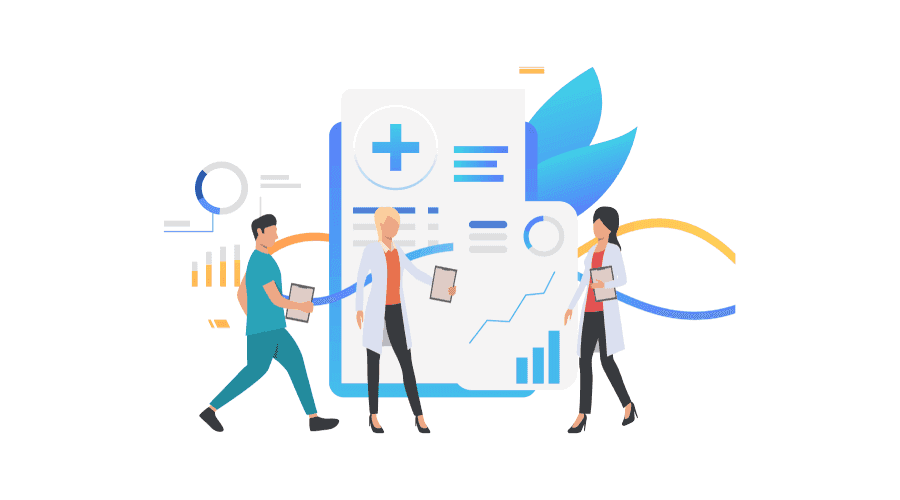
Streamlined Operations
HL7 standards allow healthcare professionals to access and share clinical data seamlessly, without the need for manual intervention. This automated data exchange reduces administrative burdens, leading to more efficient, error-free workflows. Healthcare staff can focus more on patient care rather than wrestling with disparate systems, resulting in a more streamlined and productive operation.
Greater Data Accuracy
Data accuracy is critical in healthcare, where even small errors can have significant consequences. HL7 integration ensures that all systems use a standardized format for data exchange, reducing the risk of discrepancies. With consistent, structured data flows, healthcare organizations can minimize errors in patient records, prescriptions, and diagnostic information, ensuring more reliable and accurate decision-making across the board.
Better Patient Care
Today's patients expect not only high-quality medical care but also seamless access to their health information. HL7 supports this by facilitating easy access to medical records through online portals, enabling patients to stay informed and engaged in their care. From booking appointments to viewing test results, HL7 integration enhances the overall patient experience by simplifying processes like inquiry, data retrieval, and storage.
Reduced Healthcare Costs
Inefficiencies caused by system miscommunications can quickly inflate operational costs. Without HL7, disruptions between incompatible systems can slow down workflows, waste time, and lead to costly mistakes. By improving system interoperability, HL7 integration helps eliminate redundant processes, smoothens clinical workflows, and ultimately reduces unnecessary expenses, allowing healthcare organizations to allocate their resources more efficiently.
Compliance and Future-Proofing
HL7 integration also supports regulatory compliance by ensuring that data exchange meets industry standards and best practices. As healthcare technology evolves, HL7 is constantly updated to remain relevant, making it easier for healthcare facilities to adopt new systems in the future without facing major integration challenges. This future-proofing aspect ensures that your facility stays ahead of the curve, ready to incorporate emerging technologies seamlessly.
Challenges and Considerations in HL7 Implementation
As seen above, HL7 implementation offers numerous benefits. But as with any invention, it has its fair share of challenges. Familiarizing yourself with potential hurdles is vital to enhance a smooth transition. They include:
Technical Complexity
Integrating HL7 into healthcare requires specialized expertise and knowledge. The professionals tasked with this job should have a solid understanding of healthcare protocols and systems. They should also be familiar with HL7 implementation in different areas of a health organization.
If your in-house team lacks this expertise, it’s better to outsource this integration to a reputable app development company. This saves you time by ensuring the process is done quickly and efficiently. It also prevents you from making costly mistakes.
Data Privacy
Another challenge you will run into when implementing HL7 is data privacy. Clinical data is incredibly sensitive. Healthcare facilities are required to safeguard patients’ information in line with the Health Insurance Portability and Accountability Act.
Switching to HL7 means you’ll have to transfer the available data to a new system. As such, each juncture of data exchange presents a security risk. For optimal data privacy, ensure you have solid security measures in place. These should include frequent security assessments, audit trails, and limited access.
Data Misinterpretation Due to Semantics
Healthcare is pretty sophisticated, with thousands of abbreviations to master. To complicate the situation further, a specific abbreviation can have different meanings depending on the context of the patient’s report. For example, an abbreviation like NA could mean “no allergies” or “not applicable.”
If these semantics aren’t interpreted correctly during the migration, this can lead to severe repercussions on patients’ care. To overcome this, experts should configure the HL7 interface properly. This ensures that the system relays the correct interpretation for data semantics.
Steps to Implement HL7 Integration in Your Healthcare Facility
Here’s a step-by-step guide for implementing HL7 in your healthcare facility:
Examine the Existing Systems
The first step is to examine your healthcare system’s current systems.
What digital solutions do you use to record patients’ data and prescribe medications? While you’re at it, examine the current workflow as well. How does medical data flow in your healthcare organization?
Finding answers to these questions helps you know the best areas to integrate HL7. More importantly, it sheds light on whether the existing systems are compatible with HL7 standards.
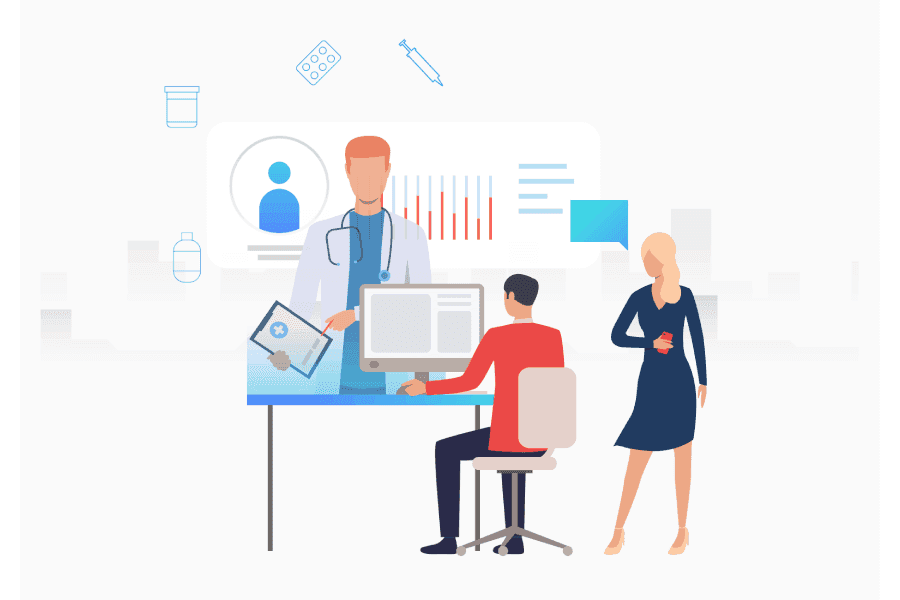
Look for a Reputable Healthcare Development Company
Even if your healthcare institution has an IT department, it’s better to partner with an app development company. In particular, one that deals with HL7 integration.
This way, you can rest easy knowing that experts are handling the integration. They can foresee potential challenges and take advanced measures to streamline this adoption process.
Pick Your Preferred HL7 Integration Option
Whichever developer you partner with, there’s one other decision you’ll have to make. This entails choosing the means of connecting HL7 to your healthcare. Two options are available:
Point-to-point
With this method, the experts create dedicated interfaces for sharing and receiving clinical data between two systems/apps. The fact that there’s a distinct link/interface between the two systems makes the recognition of data formats significantly easier.
On the flip side, this creates the need to develop many interfaces or links for healthcare organizations with numerous systems. For illustration purposes, consider facilities with Admission-Discharge-Transfer systems (ADT). For this system alone, the experts would have to design four links to connect the HL7 to these systems.
HL7 integration engine
This approach entails using the HL7 software as a central hub for all systems. The HL7 integration engine can not only transform different data formats, but also route messages. This then eliminates the need for separate interfaces between the systems.
HL7 Integration and Testing
Once you’ve chosen the integration method, the only thing left is to integrate it into your healthcare organization.
To ensure this integration runs smoothly, create a detailed plan. This should highlight vital details, such as routing rules, systems to be connected, sharing configurations and more. Once the team of specialists understands the plan, they can break it down into small actionable steps and get things rolling.
Once the HL7 is integrated, comprehensive testing will be performed to ensure that data is being shared and processed effectively across systems. You’ll also want to track its performance closely and conduct relevant maintenance promptly.
Also Read: Digital Transformation for Healthcare Businesses: Trends, Challenges & More
Partner with Imaginovation for HL7 Integration
Interoperability is integral to running a modern healthcare facility, and HL7 is one of the best ways to achieve it. It streamlines daily operations, enhances data accuracy, and lowers healthcare costs.
Do you want to integrate HL7 into your healthcare organization? If so, Imaginovation can help. We will assess your current systems and recommend the best H7 version that works for you. More importantly, we will guide you through every step of the integration process.
Ready to build an app, but not sure where to start?
We've got you covered. Click the button below to get started.

